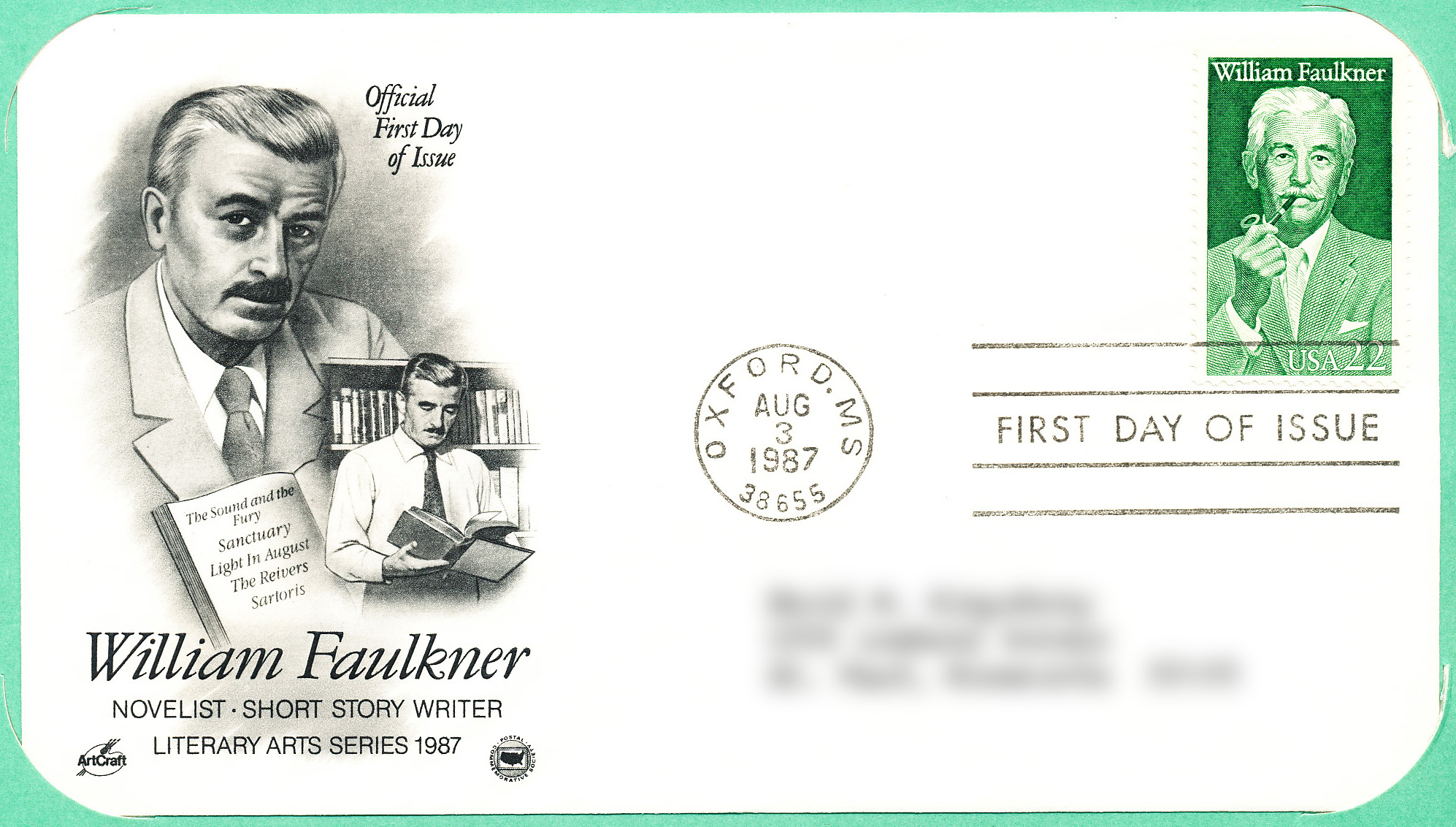Most of us would go out of our way not to set foot anywhere near a place the local natives refer to as “Dead Mountain.” That didn’t stop the Dyatlov Hiking Group, who set out on a sixteen-day skiing expedition across the northern Urals in late January of 1959. Experienced and intrepid, those ten young Soviet ski hikers had what it took to make the journey, at least if nothing went terribly wrong. A bout of sciatica forced one member of the group to turn back early, which turned out to be lucky for him. About a month later, the irradiated bodies of his nine comrades were discovered scattered in different areas of Dead Mountain some distance from their campsite, with various traumatic injuries and in various states of undress.
Something had indeed gone terribly wrong, but nobody could figure out what. For decades, the fate of the Dyatlov Hiking Group inspired countless explanations ranging widely in plausibility. Some theorized a freak weather phenomenon; others some kind of toxic airborne event; others still, the actions of American spies or even a yeti.
“In a place where information has been as tightly controlled as in the former Soviet Union, mistrust of official narratives is natural, and nothing in the record can explain why people would leave a tent undressed, in near-suicidal fashion,” writes the New Yorker’s Douglas Preston. Only in the late twenty-tens, when the Dyatlov Group Memorial Foundation got the case reopened, did investigators assess the contradictory evidence while making new measurements and conducting new experiments.
The probable causes were narrowed down to those explained by experts in the Vox video above: a severe blizzard and a slab of ice that must have shifted and crushed the tent. Densely packed by the wind, that massive, heavy slab would have “prevented them from retrieving their boots or warm clothing and forced them to cut their way out of the downslope side of the tent,” proceeding to the closest natural shelter from the avalanche they believed was coming. But no avalanche came, and they couldn’t find their way back to their camp in the darkness. “Had they been less experienced, they might have remained near the tent, dug it out, and survived,” writes Preston. “The skiers’ expertise doomed them.” Not everyone accepts this theory, but then, the idea that knowledge can kill might be more frightening than even the most abominable snowman.
Related content:
The Denali Experiment: A Test of Human Limits
The Curious Death of Vincent van Gogh
The Gruesome Dollhouse Death Scenes That Reinvented Murder Investigations
Based in Seoul, Colin Marshall writes and broadcasts on cities, language, and culture. His projects include the Substack newsletter Books on Cities and the book The Stateless City: a Walk through 21st-Century Los Angeles. Follow him on the social network formerly known as Twitter at @colinmarshall.


